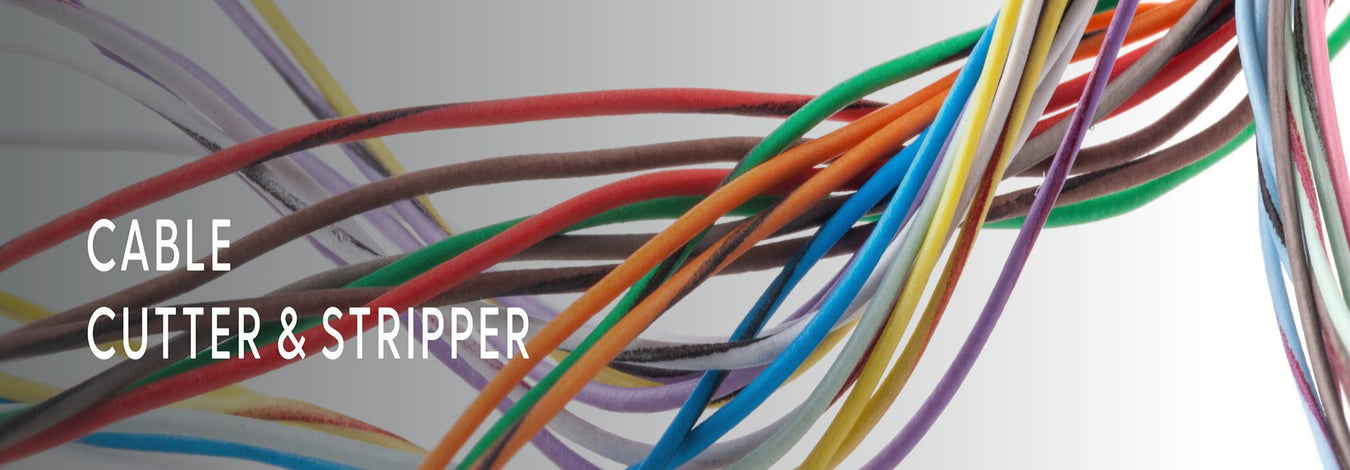
What is the Difference between Open and Closed Barrel Crimps?
Table of Contents
Crimping is one of the widely used methods of making electrical connections. To create functional connections, you need connectors/terminals. Terminals are components made of metal material (copper, stainless steel, aluminum, or brass) used to terminate and connect wires in various electrical and electronic applications.
Crimp terminals typically come in two types, i.e., open and closed barrels. Each one of them has unique characteristics and use cases. This article explores the differences between these two types of crimps.
What are Open Barrel Crimps?
As the name suggests, an open barrel crimp terminal is designed with an open barrel where a wire is inserted into and then crimped. They are also called stamped terminals/pins. Usually, open barrel crimps come in various sizes to accommodate wires of different gauges. Most open barrel crimps are cylindrical and can be pre-insulated or non-insulated.
Crimping open barrel terminals requires a unique crimping tool with jaws specifically designed for these types of crimps. In brief, you should use a crimper that makes B-crimps/ F-crimp styles. For instance, you can use the iCrimp IWC-1424A Crimping Tool to crimp DT series open barrel non-insulated terminals.
You can use the iCrimp IWS-25500A Crimping tool to crimp open barrel battery lugs. For insulated open barrel ferrules/connectors, the iCrimp KIT-0535 Ratcheting Crimping Tool Set will be ideal.
Open barrel crimps are commonly used in wire harness, aerospace and automotive industries where connections must be vibration and corrosion-resistant. These crimps are used in home appliances, among other electronics. Open barrel terminals are durable and offer great flexibility in terms of the connections you can create with them: they’re versatile.
What are Closed Barrel Crimps?
Closed barrel crimp terminals have a cylindrical shape metal barrel with no gap. They’re also called closed contact terminals and are the most common type of terminals available in the market. They come in a variety of sizes and shapes, and some have insulated sleeves (nylon or heat-shrink tubing)
The open end of the barrel is where a wire/cable is inserted and crimped. The other end of the terminal acts as a connection point (the connector). You can get close barrel crimps in different types of connectors such as ring, fork (spade), blade, or butt connectors. Therefore, they’re quite versatile. They’re often used in automotive wiring harnesses, industrial machinery wiring systems, high-performance electronics, and marine applications.
One key advantage of closed barrel crimps is that they make strong, tight, durable mechanical connections. As a result, they’re ideal for use in harsh environments.
To crimp closed barrel terminals, you need a crimping tool to make oval or hexagon-style crimps. For instance, the iCrimp IWD-12 Crimper is ideal for crimping size 12 Deutsch closed barrel terminals, and the iCrimp HD-2612 Deutsch Crimping Tool is best for size 12, 16, and 20 DT-series closed barrel connectors.
Generally, the difference between open and closed-barrel crimps is the design of the barrels and the type of crimping tools used. Open barrel crimp terminals feature an open barrel, while a closed barrel crimp terminal’s barrel is closed. Open barrel terminals use a crimping tool that makes an F or B-type crimping style, while closed barrel terminals use a crimping tool that creates a hexagon or oval crimping style. However, both of these crimp terminals are fairly used in similar applications: they tend to serve a similar purpose. Therefore, the choice between these crimp types should be based on the requirements of a connection you intend to make.
Bottom line
Whether you wish to make electrical connections with open-barrel or closed-barrel crimps, iCrimp is the ideal platform to get all the necessary crimping tools suitable for various wire sizes. Also, you find tools for both insulated and non-insulated crimp terminals and even heavy-duty applications. Lastly, our tools are ergonomically designed to make the crimping process much more manageable.
References





